Longest Papal Election in History and Astonishing Origins of the Conclave
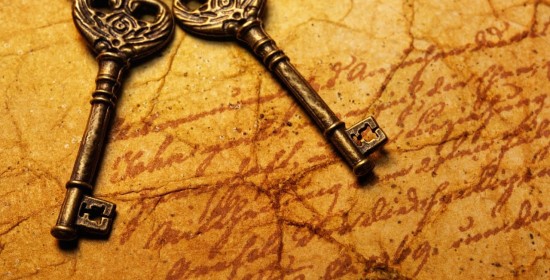
Buongiorno and welcome to Stefano Rome Tours, Rome’s leading tour company for private tours in Italy, Civitavecchia Shore Excursions, and long-distance transfers in Italy. The Vatican, a city-state within the city of Rome, not only serves as the administrative hub of the Roman Catholic Church and serves as the spiritual compass for over a billion Catholics worldwide, but also stands as a profound symbol of faith and continuity. While the longest papal election in history and the origins of the conclave unfolded outside the Vatican, today, this captivating event is confined to the sacred confines of the Sistine Chapel within Vatican City.
The Sistine Chapel, with its awe-inspiring ceiling depicting scenes from Genesis and the Last Judgment that welcomes millions of visitors, is transformed into a spiritual sanctuary for the cardinal electors during the conclave. As the cardinals gather beneath these divine masterpieces, the weight of history and the continuity of the faith infuse the proceedings with a unique sense of reverence.
The election of a new pope is a meticulous journey, intricately weaving together centuries-old rituals and contemporary practices. The cardinal electors, clad in scarlet robes, partake in centuries-old rituals—prayers, solemn vows, and balloting—while adhering to the constitution "Ubi periculum", a legacy of Pope Gregory X.
Let’s first look at this captivating process, from the seclusion of the Conclave to the iconic moment of "Habemus Papam".
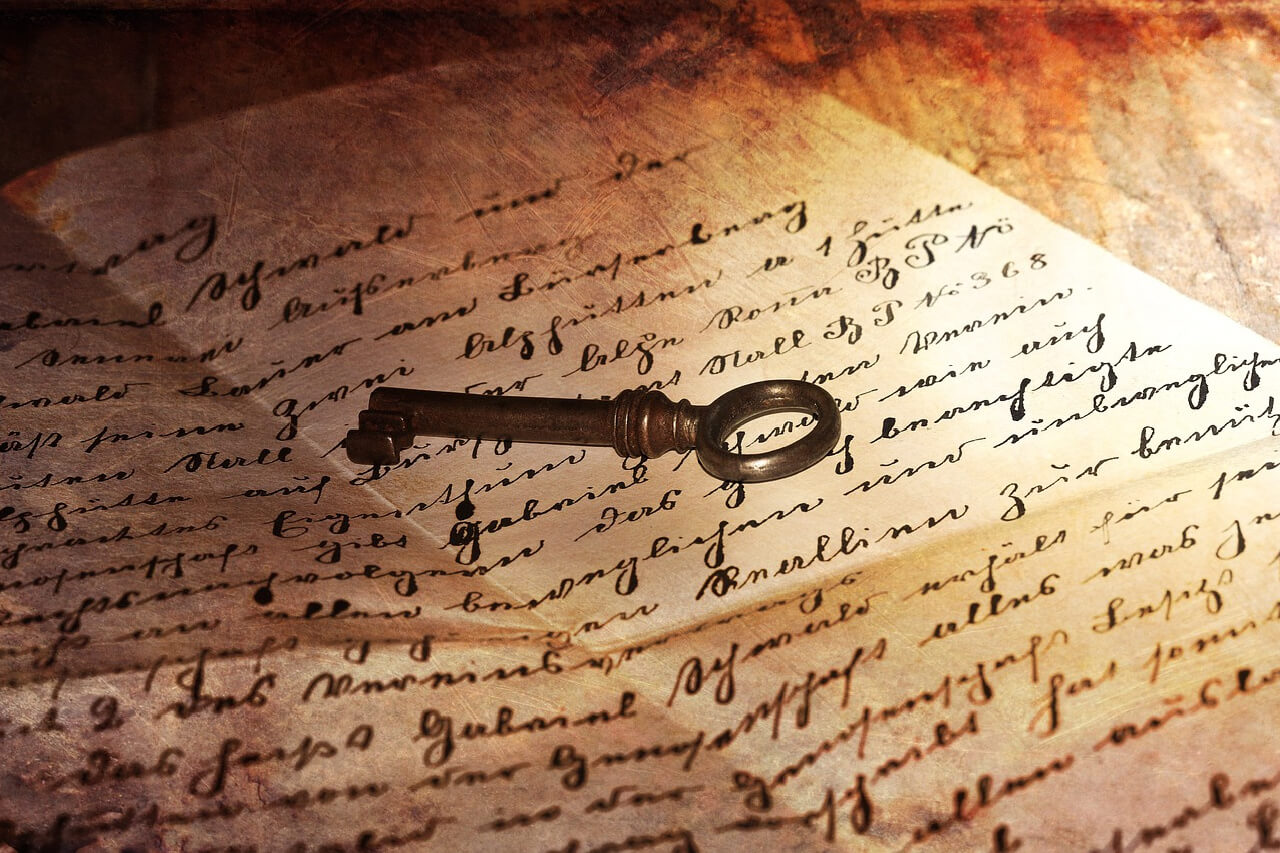
How is a Pope elected at the Vatican?
The first chapter in the papal election process begins when the papal seat becomes vacant due to the passing or resignation of the reigning pope. The College of Cardinals, the esteemed body entrusted with this sacred duty, convenes in what is known as a General Congregation. Here, they deliberate on the state of the Church, potential candidates, and the qualities needed in the next pontiff.
As the General Congregation concludes, the cardinals move into the heart of the papal election process—the Conclave. This enclave held within the Sistine Chapel is a sacred space where cardinals are secluded from the outside world. Their commitment to secrecy is underscored by an oath, reinforcing the solemnity of the proceedings.
Within the confines of the Conclave, the cardinals engage in a structured voting process. Traditionally, four ballots are cast each day, requiring a two-thirds majority for a candidate to be elected. The silent, secret ballots mark a quest for consensus among the College of Cardinals.
The Ancient Ritual of Papal Elections: Decoding the Smoke Signals
In the secretive enclave of the Vatican, where the selection of a new pope unfolds, an ancient tradition captivates the world's attention—the use of black and white smoke as symbolic messengers communicating the outcome of the papal election to the public.
Black Smoke: A new Pope has not yet been elected
Meaning: When billows of black smoke ascend from the Vatican chimney, it serves as a poignant indication that the cardinals, the electors in the conclave, have not yet reached a consensus on the election of a new pope.
Reason: After each round of voting, the ballot papers are committed to flames. However, if the sacred threshold of a two-thirds majority in favor of a candidate remains unattained, a specific chemical compound is introduced to the burning ballots. This alchemical addition transforms the smoke into a somber black, signaling to the eagerly waiting crowds that the vote has proven inconclusive.
White Smoke: A new Pope has been elected
Meaning: Contrastingly, the emergence of ethereal white smoke declares to the world that a new pope has been successfully elected.
Reason: The turning point occurs when the cardinals achieve a decisive two-thirds majority in favor of a single candidate. In this moment of unity, the final ballot papers are set ablaze without the addition of the chemical compound. The ensuing billows of pure white smoke become a captivating visual cue, anointing the Vatican sky and heralding the historic moment when a successor to the papal throne is chosen.
A Tradition Rooted in Medieval Communication
The origins of this unique practice trace back to medieval times when the burning of ballots served as a practical and effective means of communication. The people of Rome eagerly awaited word of their new spiritual leader, and the color of the smoke rising from the Vatican chimney spoke volumes. Today, this age-old tradition persists as a symbolic and historic ritual, allowing both the faithful and the global community to bear witness to the conclusion of the papal election process.
Despite the advent of electronic voting systems in recent years, the essence of this centuries-old tradition remains untouched. The color of the smoke, whether black or white, still hinges on the addition or omission of the chemical compound—an enduring connection between the present and the rich tapestry of history that shrouds the sacred process of papal succession.
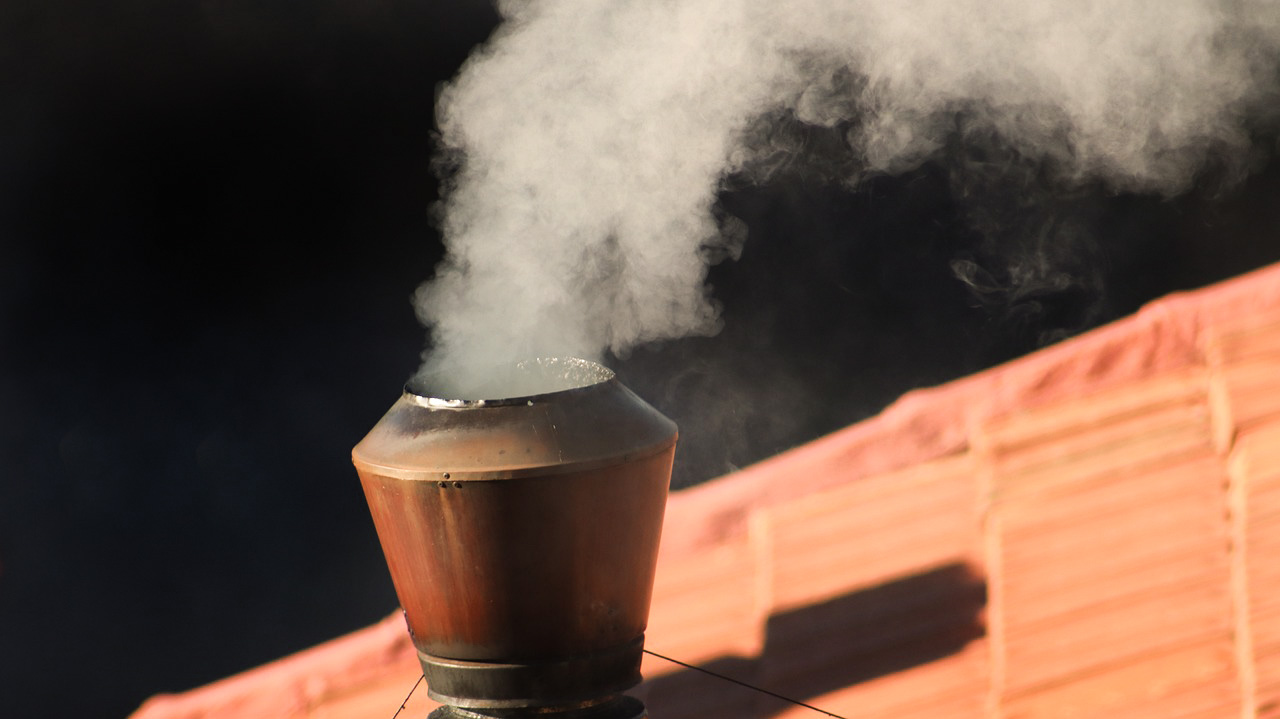
Announcing "Habemus Papam”
With the election confirmed, the cardinal deacon steps onto the balcony of St. Peter's Basilica, where the newly elected pope emerges to address the faithful, symbolizing the global significance of this sacred institution. The proclamation of "Habemus Papam" resonates far beyond the confines of Vatican City, echoing across continents and through the ages—a testament to the enduring power of faith.
The acceptance of the papacy is affirmed, and the newly elected pontiff reveals the chosen papal name, often laden with historical and spiritual significance. The Papal Inauguration Mass follows, a grand ceremony held in St. Peter's Square. Here, the new pope receives symbols of authority, including the Fisherman's Ring and the Pallium, emphasizing the spiritual responsibility he now carries.

What does “Conclave” mean?
The term "conclave" finds its roots in the Latin phrase "clausi cum clave", meaning "closed with a key".
This key symbolizes the cardinal electors being locked away until a new spiritual leader is chosen. This tradition harkens back to the historical conclave in Viterbo, where the cardinals were physically confined until a decision was reached—an echo of the past resonating in the present.
To discover the origins surrounding the seclusion of the Conclave, we must travel back through time to the medieval town of Viterbo.
Longest Papal Election in History and Origins of the Conclave
Our journey through history takes us to the year 1268, a time when the process of selecting a new pope became a tumultuous affair in Medieval Italy as the longest papal election in history lasting 1,006 days.
The death of Pope Clement IV in 1268 prompted the selection of a new Pope. As the papal seat became vacant, the cardinals needed to gather to elect his successor. However, external pressures and political instability in Rome likely influenced the decision to relocate the papal election to Viterbo. Located about 80 kilometers north of Rome, Viterbo was chosen due to its proximity to the Vatican and the relative ease of access for the cardinals.
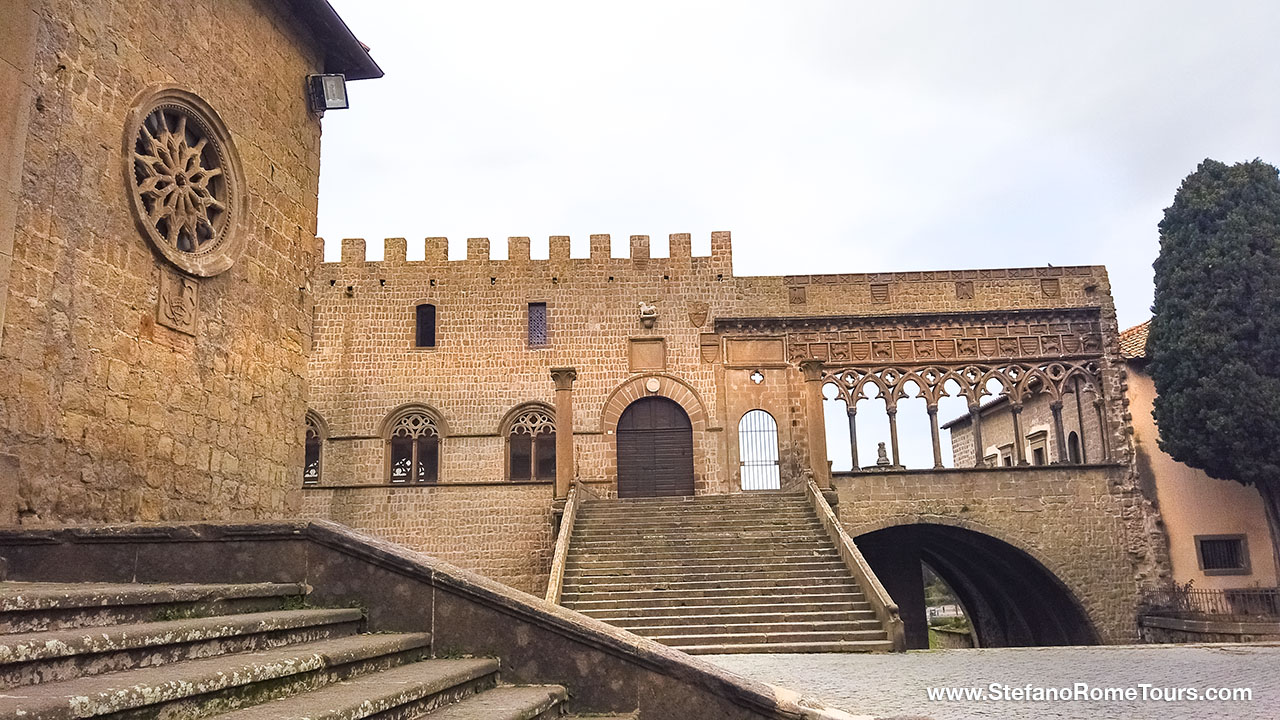
As the cardinals convened in Viterbo, frustration mounted due to the lack of progress. Political and internal church struggles had cast a shadow over the papal election. the 17 cardinals were divided into two factions: 7 or 8 supporters of the French (Guelphs) and supporters of the Angevins, and about 10, two of whom died during the conclave, were pro-German (Ghibellines).
However, this division was not the only one. The cardinals were further divided and opposed for various reasons, from family ties to more personal ones, into at least four factions, making any agreement extremely difficult, requiring a two-thirds majority of the electors. The cardinals were unable to reach a consensus on a new pope, and the length of the deliberations exceeded all expectations.
As time passed, the city became increasingly impatient. The Podesta Alberto di Montebuono, along with the Captain of the People Raniero Gatti, sensing the public discontent and aiming to shield the cardinals from external pressures, ordered the closure of the city gates on June 1, 1270.
The cardinals found themselves in a very uncomfortable situation sequestered - closed with a key - within the episcopal palace (Palazzo dei Papi) in Viterbo. Hence, the first "conclave" took place out of necessity and desperation.
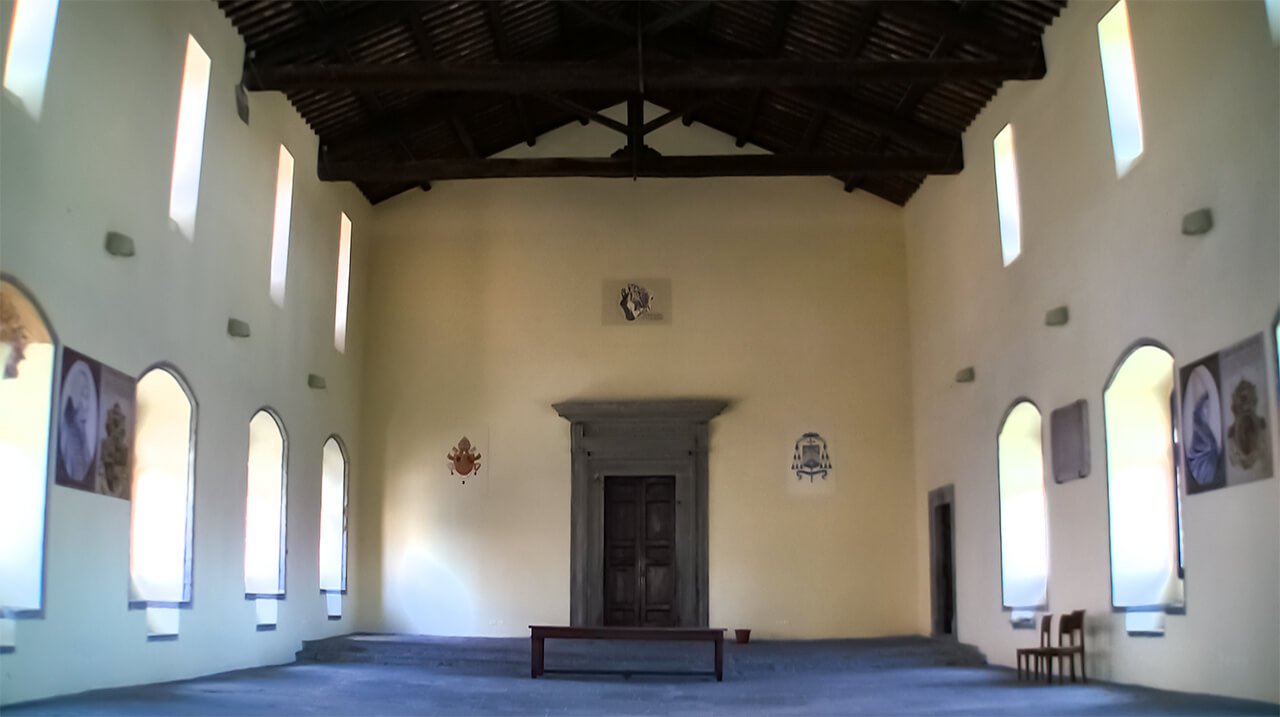
To expedite the decision-making process and encourage consensus, food was rationed to just bread and water, and the windows were progressively walled up, limiting the cardinals' contact with the outside world. When all failed, it is said that even segments of the roof were removed from the palace exposing the Cardinals to the elements. This marked the birth of a drastic measure that would define the history of papal elections.
The persistent efforts and pressure eventually yielded results. To reach a decision, the cardinals had to delegate the election task to a commission of 6 cardinal electors, who surprisingly reached an agreement on the new Pope in just two hours.
On September 1, 1271, after almost three years of deliberations, Teobaldo Visconti, the Archbishop of Lyon, was elected the new pope and took the name Pope Gregory X. His election was seen as a compromise candidate, chosen to unite the divided College of Cardinals and bring an end to the lengthy election process.
Pope Gregory X’s Regulations for Future Conclaves:
Pope Gregory X, cognizant of the challenges faced during the protracted papal election, took steps to address the issues surrounding future papal elections. In 1274, during the Second Council of Lyon, he issued the papal bull "Ubi periculum", which established strict rules and regulations for future papal elections, which were modified over time.
Among these regulations was the introduction of the conclave system, limiting the duration of papal elections and formalizing the seclusion of the cardinals - therefore, establishing the “conclave” (closed with a key).
Unfortunately, Pope Gregory X's pontificate was short-lived. He died on January 10, 1276, after initiating several reforms aimed at improving the process of papal elections.
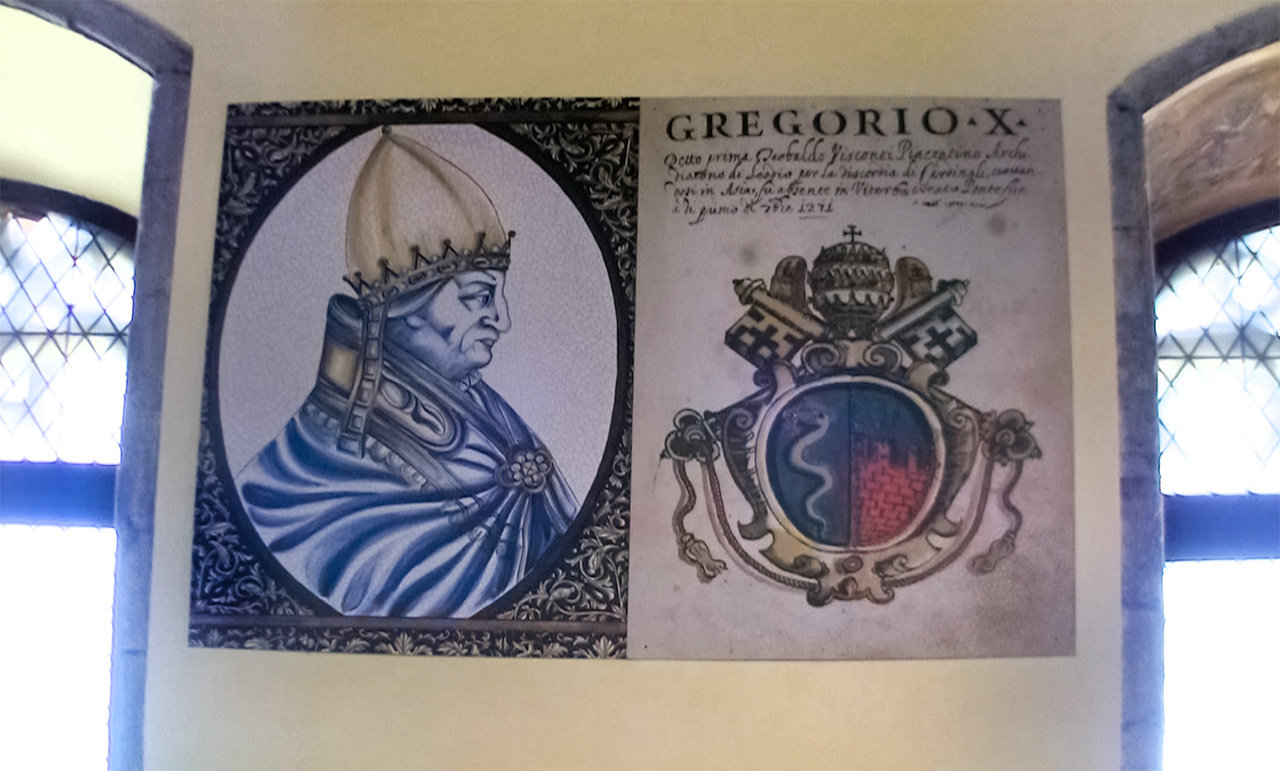
Legacy of the Viterbo Conclave
The papal conclave system has come a long way since the days of Viterbo. Subsequent popes and church authorities refined the procedures surrounding papal elections, drawing from the experiences of this historical event. In 1996, Pope John Paul II implemented new regulations. During the ongoing conclave, cardinals are permitted to exit the Sistine Chapel, providing them the opportunity to dine and rest in more comfortable surroundings.
As we witnessed the meticulously orchestrated conclave at the Vatican during past papal elections, we can appreciate the influence of Viterbo to limit prolonged and improve the election process.
You too can witness firsthand the Palace of the Popes in Viterbo where this pivotal event unfolded over seven centuries ago on our Rome Countryside Tour to Viterbo, Sutri, and Calcata.
Thank you for reading our travel blog "Longest Papal Election in History and Astonishing Origins of the Conclave" and for choosing Stefano Rome Tours for your private tours in Italy and shore excursions from Civitavecchia. We look forward to seeing you in bella Italia!
